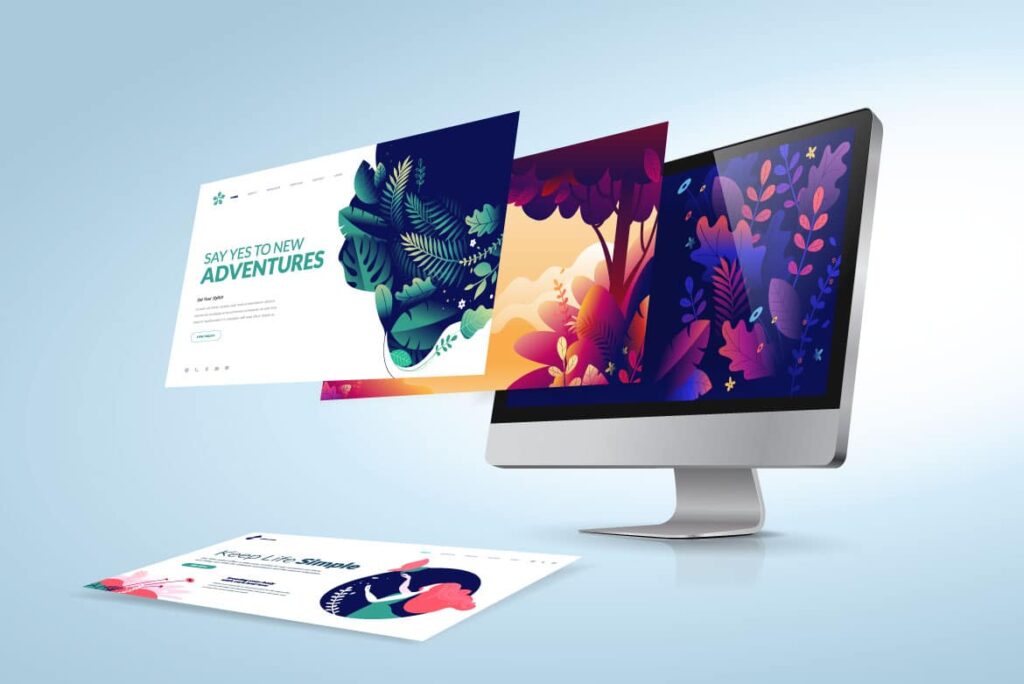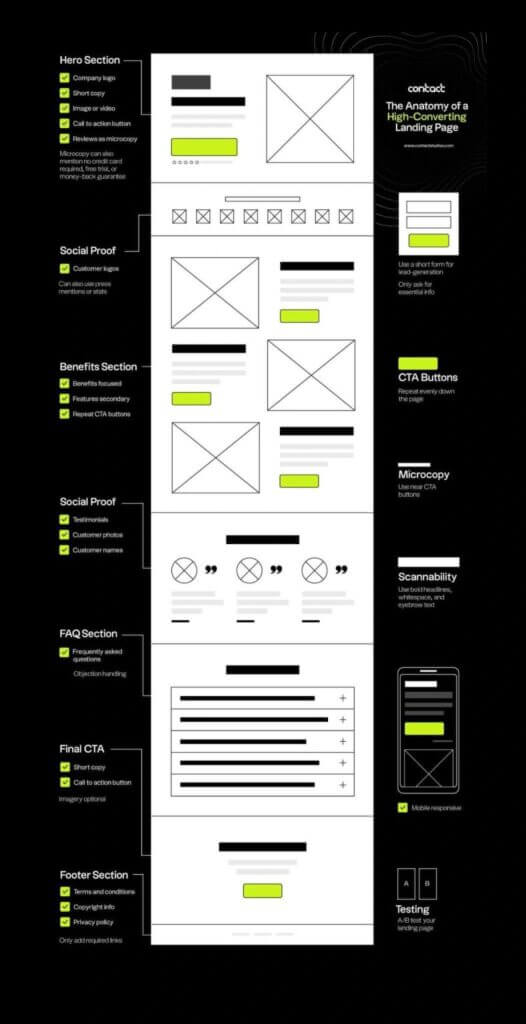Staff at Benamor Galvez

Creating the world’s most effective website landing pages is a blend of art and science, combining compelling design, persuasive copy, and psychological triggers to convert visitors into customers. Here are some key guidelines to consider when designing these high-converting landing pages:


Web Manager at Benamor Galvez

Read More

Read More

Read More